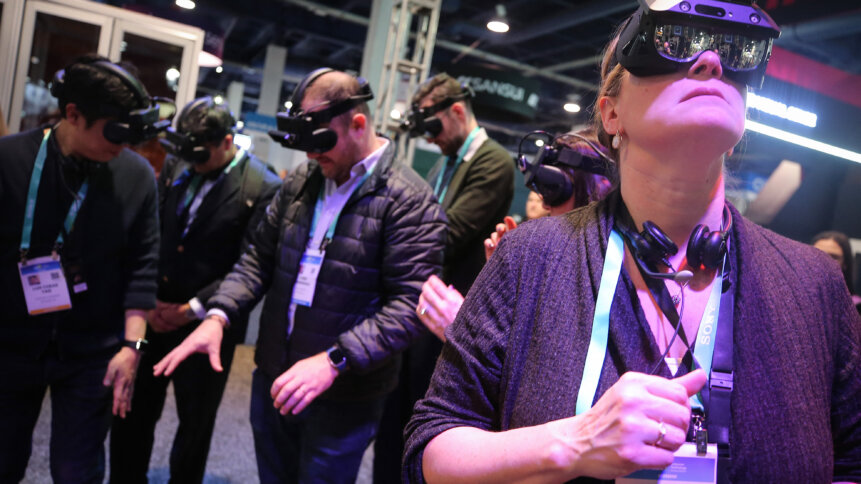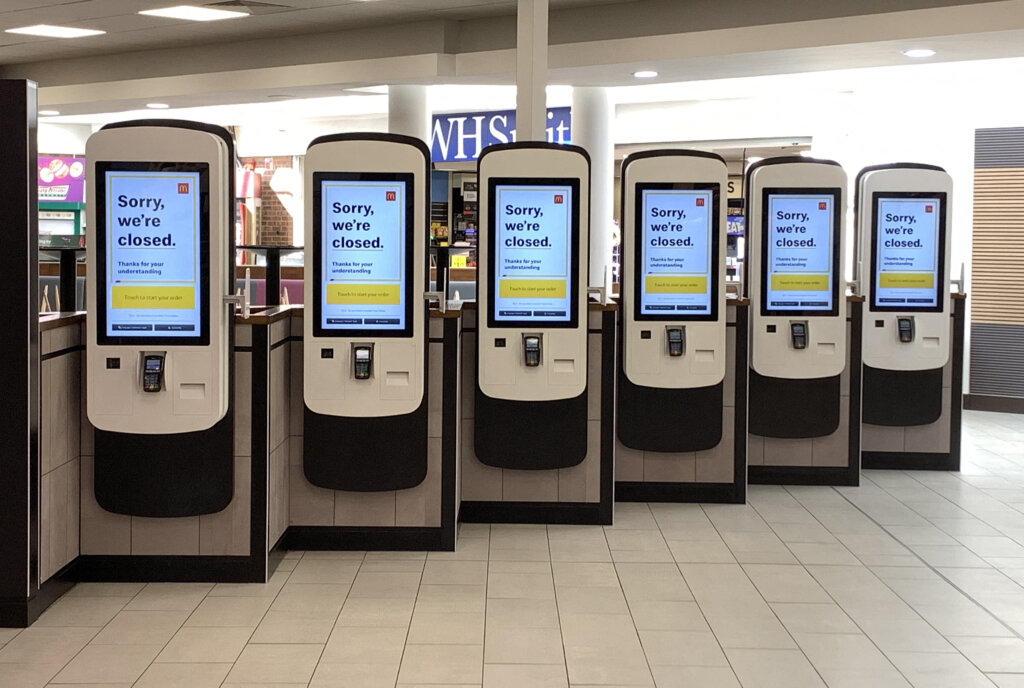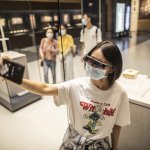Can augmented reality actually benefit the food industry?

While augmented reality (AR) has been around for some time, the adoption of the technology has been slow. Part of the reason for this for the high cost of the technology and also the required network capabilities to handle and process the amount of data with AR.
Today, with advancements in data processing and improvements to network speed with 5G, AR is becoming a major form of tech that is being adopted by various sectors. In fact, statistics show that the augmented reality market is projected to reach US$88.4 billion by 2026.
As AR can be applied to wearable devices and applications, it can be applied to almost any industry with need to project a physical space, which is a key factor that is driving its growth. The COVID-19 pandemic has also led to increased demand in the healthcare, eCommerce, and automotive industries.
There is a myriad of AR goggles and headsets that are in the market today. By combining virtual reality headsets, users can now experience a whole new experience in AR worlds. For example, Oculus has been collaborating with Facebook to create a whole new AR remote working experience.
Meanwhile, companies like IKEA have launched AR applications that allow users to test their products in real-time through Apple’s ARKit technology. Other retail and eCommerce companies have also developed similar use cases to allow their customers to experience their products through AR applications as well.
Simplifying food management with Augmented Reality
The food supply chain today relies heavily on technology to ensure there is no disruption to the supply. Food shortages have been overcome in most places today thanks to supply chain advancements that can predict supply and demand much better.
However, for restaurants, most of their food supply relies heavily on their customers. While they can have some insights on popular meals and busy periods, the backend process of managing the supplies and inventories can be troublesome, especially for smaller restaurants.
Interestingly, the foodservice industry is also now seeing the use of AR to deal with their customers and improve their services. NSF International is an independent global organization that facilitates the development of standards, and tests and certifies products for the food, water, health sciences, and consumer goods industries to minimize adverse health effects and protect the environment. NSF International recently launched NSF EyeSucceed.

(Photo by Paul ELLIS / AFP)
NSF EyeSucceed is a transformational training modality that uses AR paired with wearable smartglasses to improve both virtual and in-person training, consistency, and operational efficiency, contributing to better experiences for employees and consumers.
For example, new employees at a restaurant can be trained through AR glasses onsite. Not only does this save a lot of time, but it also allows them to have real first-hand experience during their training. AR training has proven to improve accuracy by 50% and slash training costs by 65%.
YOU MIGHT LIKE

Should businesses focus on food cyber security?
“The need for smart and cost-effective solutions has been growing for years. Following the pandemic, the food industry is seeking even more ways to leverage new technologies to improve training and efficiency while maintaining quality and consistency,” said Tom Chestnut, the co-Founder of NSF EyeSucceed. Leveraging Google Cloud, NSF EyeSucceed uses the most advanced smart-glass technology to deliver NSF’s custom food industry software applications and patents, created specifically to optimize back-of-house operations.
AR in the food industry not only enhances training and wearable learning for their employees but also detects a human error with its corrective intelligence. For instance in a restaurant, AR solutions can monitor a product such as a burger being made according to the same ‘specifications’, no matter where in the world.
For companies that have branches spread in different locations, the technology eliminates the need for travel and on-site visits by offering real-time remote audits, inspections, tech support, and collaboration while maintaining quality and safety expectations. This proved especially helpful during COVID-19 lockdowns when travel was restricted.
With AR being adopted in more industries today, AR paired with AI and other recognition tools will only make the experience better in the future. For now, businesses have the opportunity of enhancing their customers’ experiences with these augmented realityopportunities.









